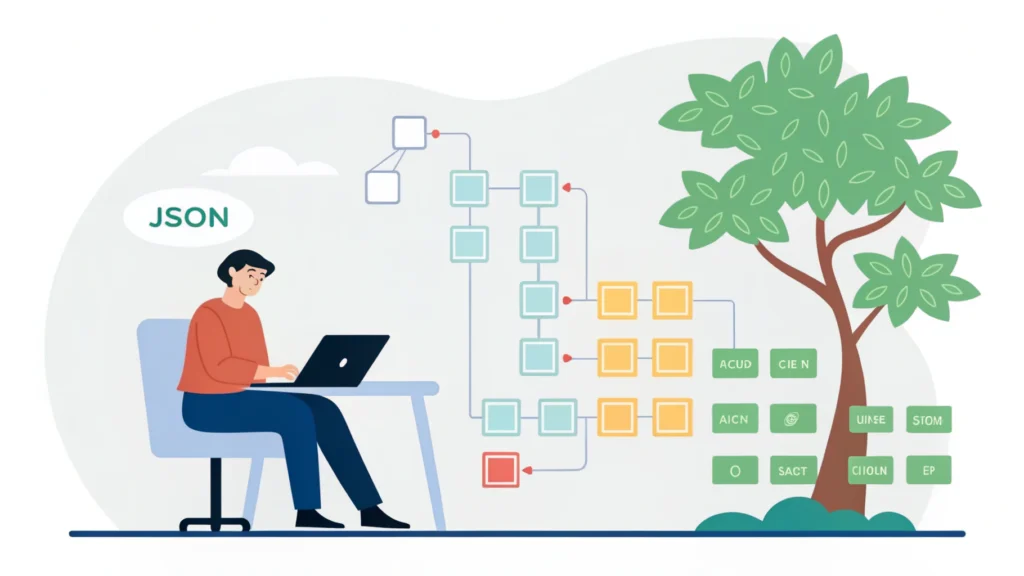Introduction
Welcome to Part 2 of our series on ambient animations in web design. In the previous part, we covered the fundamentals and benefits of using ambient animations to enhance user experience. In this section, we will dive deeper into practical applications, focusing on how to implement these animations effectively. Let’s get started!
Understanding Ambient Animations
Ambient animations are subtle effects used to create a sense of dynamism and engagement on a webpage. They serve as visual cues that guide users through the interface without overwhelming them. With the right balance, ambient animations can make your website feel more interactive and alive.
Why Use Ambient Animations?
- Improved User Engagement: Ambient animations capture attention and keep users interested.
- Enhanced Feedback: They provide visual feedback for user actions, improving the interactive experience.
- Brand Identity: Unique animations can help reinforce your brand’s identity.
Practical Applications of Ambient Animations
Now that we understand the basics, let’s explore some practical applications of ambient animations in web design.
1. Background Animations
Background animations can add depth to your website. For instance, a subtle moving gradient or particle effect can create an engaging backdrop without distracting from the main content.
body { background: linear-gradient(45deg, #ff6b6b, #f7b733); background-size: 400% 400%; animation: gradient 15s ease infinite; } @keyframes gradient { 0% { background-position: 0% 50%; } 50% { background-position: 100% 50%; } 100% { background-position: 0% 50%; } }2. Button Hover Effects
Adding ambient animations to buttons can enhance the user’s interaction. For instance, a button that changes color or scale upon hover can make it more appealing.
.button { background: #3498db; padding: 15px 30px; border: none; color: white; cursor: pointer; transition: transform 0.3s, background 0.3s; } .button:hover { transform: scale(1.1); background: #2980b9; }3. Loading Animations
Loading animations can keep users engaged while content is being loaded. Consider using spinner animations or skeleton loading effects to indicate progress.
.loader { border: 8px solid #f3f3f3; border-top: 8px solid #3498db; border-radius: 50%; width: 60px; height: 60px; animation: spin 2s linear infinite; } @keyframes spin { 0% { transform: rotate(0deg); } 100% { transform: rotate(360deg); }Step-by-Step Implementation Guide
Step 1: Plan Your Animation
Before diving into code, plan your animations. Identify where they will be applied and what purpose they will serve. Keep in mind that the key is subtlety.
Step 2: Create CSS Animations
Use CSS for simple animations, such as hover effects and transitions. You can use tools like the CSS Minifier to optimize your code.
Step 3: Implement JavaScript for Complex Animations
For more complex animations, JavaScript can be employed. Libraries like GSAP or anime.js can help manage intricate animations smoothly.
Step 4: Test Across Devices
Ensure that your animations work seamlessly across different devices. Use the Responsive Simulator to test your designs.
Step 5: Optimize for Performance
Use minifiers such as the JS Minifier to reduce file sizes and improve loading times.
FAQs about Ambient Animations
1. What are ambient animations?
Ambient animations are subtle, non-intrusive animations used to enhance user experience by providing feedback and engagement.
2. How can I make my animations subtle?
Keep your animations short, slow, and smooth. Avoid overuse to prevent distraction.
3. What tools can help with creating animations?
There are various tools available, such as CSS frameworks, animation libraries, and online generators. You can use the Button Generator for quick button designs.
Conclusion
Ambient animations are a powerful tool in modern web design. When implemented thoughtfully, they can significantly enhance user experience and engagement. By following the guidelines and examples provided in this post, you can effectively incorporate ambient animations into your projects. For more resources and tools, visit WebToolsLab for useful utilities to streamline your web development process.
